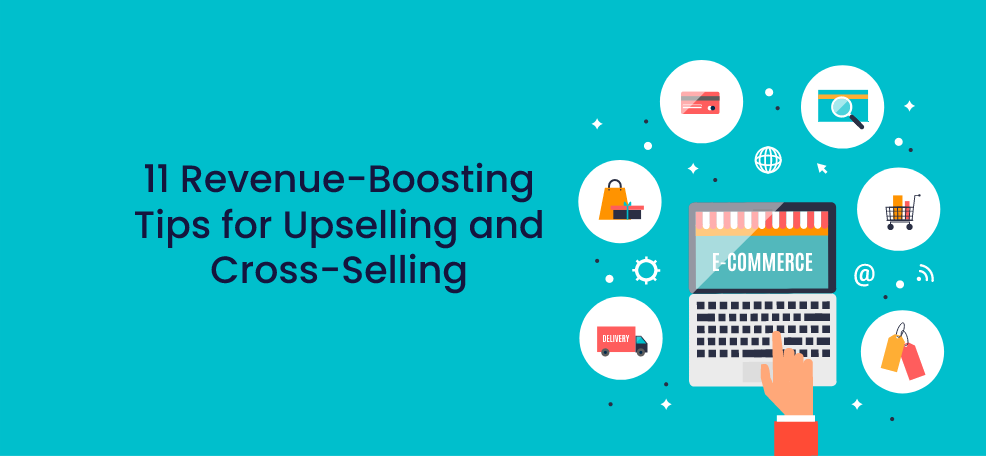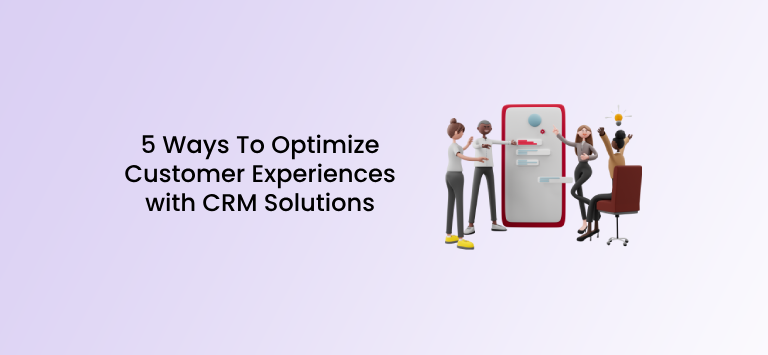Are you looking for ways to increase your revenue? If so, you’ve come to the right place! This blog post will discuss tips that will help you boost your sales.
Upselling and cross-selling are two of the most effective techniques for increasing revenue, and you can use them in various ways.
We will go over each of these techniques and show you how to use them.
What are upselling and cross-selling, and how do they differ?
Upselling is when you offer a customer a more expensive product or service than the one they originally intended to purchase. For example, if someone is looking to buy a pair of shoes, you might upsell them by offering them a pair of shoes that are more expensive.
Cross-selling is when you offer a customer additional products or services related to the one they originally intended to purchase. For example, if someone is looking to buy a pair of shoes, you might cross-sell them by offering them a pair of socks.
The benefits of upselling and cross-selling for businesses
Businesses can enjoy a few key benefits by upselling and cross-selling to their customers. First, it can help you boost your sales figures. If you can convince a customer to purchase a more expensive product, you’ll see an increase in revenue.
Additionally, upselling and cross-selling can also help you build relationships with your customers. By understanding where your customers are in the customer journey and by offering them additional products and services, you show that you’re interested in meeting their needs.
Lastly, upselling and cross-selling can also help you increase customer loyalty. If a customer knows that they can always count on you to offer them the best possible products and services, they’re more likely to stick with your business in the long run.
How to implement an effective upsell or cross-sell strategy
Now that we know the benefits of upselling and cross-selling, let’s take a look at some tips on doing it effectively.
1. Know your product and suggest related products
When you’re upselling or cross-selling, it’s important to be an expert on your products. This way, you’ll be able to suggest related products that might be a good fit for your customer.
Additionally, being able to answer any questions they have will show that you’re knowledgeable and trustworthy.
2. Use suggestive selling techniques
Suggestive selling is a great way to increase your chances of making a sale. This involves suggesting additional products or services to customers based on what they’re buying.
For example, if someone is buying a shirt, you might suggest adding a pair of pants to their purchase. Here’s how Amazon’s landing page displays related items.

You can increase the average order value and boost your revenue by using suggestive selling techniques.
3. Pay attention to customer cues
When interacting with a customer, it’s important to pay attention to their cues. This includes their body language, tone of voice, and words. If customers are shopping online, you can recommend recently viewed items. For example, Amazon displays recently viewed items on its landing page.

By paying attention to customer cues, you’ll be able to better understand their needs and offer them products that they’re actually interested in.
4. Suggest bundling products or services
Bundling products or services is a great way to increase your chances of making a sale. This involves offering customers a discount if they purchase multiple items.
For example, you might offer a 20% discount if someone buys a shirt and pants together.
Here’s an example of how Amazon reduces its price on bundled items.

By bundling products or services, you can make it more likely that customers will make a purchase.
5. Display social proof
Displaying social proof is a great way to increase your chances of making a sale. This involves showing potential customers that other people have purchased the product or service and been happy with it. You can display customer reviews or testimonials on your website.
For example, Etsy displays the number of sales and reviews on the Product Details page to prominently display to customers.

- Cross-sell and upsell even after checkout
Just because a customer has made a purchase doesn’t mean you can’t cross-sell or upsell them. You can suggest additional products or services through post-purchase emails or on your thank you page.
7. Be transparent about your pricing
When upselling or cross-selling, it’s important to be transparent about your pricing. This way, customers will know exactly how much they’re paying for each product or service.
Additionally, you should always offer a money-back guarantee so that customers feel confident about their purchase.
8. Offer additional services
Another great way to increase your revenue is by offering additional services. This could include things like installation, assembly, or delivery. You can offer these services for an additional fee.
By offering additional services, you can boost your revenue and provide your customers with a better experience, making it more likely that customers will make a purchase.
9. Make it easy for customers to say yes
When upselling or cross-selling, it’s important to make it easy for customers to say yes. This means offering a variety of payment options and flexible return policies.
If there are any points of friction that make it difficult for customers to make a purchase, it’s essential to remove them.
10. Use customer data to personalize recommendations
If you have customer data, you can use it to personalize recommendations. This means that you’ll be more likely to suggest products or services that the customer is actually interested in.
For example, if you know that a customer likes a certain type of product, you can recommend similar products to them. For example, Amazon displays the following personalized recommendations based on my shopping history.
For example, if you have a long and complicated checkout process, you might want to simplify it, and more likely that customers will make a purchase.

By personalizing your recommendations, you can increase your chances of making a sale.
11. Always test
It’s important to always be testing different upselling and cross-selling strategies. This way, you can find what works best for your business. Try out different techniques and track your results to continue to improve your upselling and cross-selling strategies.
Tips for increasing your chances of success when upselling or cross-selling
There are a few additional things you can do to increase your chances of success.
1. Get to know your customers
The first step in being effective at upselling and cross-selling is to get to know your customers. What are their needs and wants? What are their pain points? What is the customer feedback for your products? By understanding your customers, you’ll be able to offer them the products and services that they need.
2. Make sure you’re offering quality products and services
If you want to upsell or cross-sell successfully, you need to ensure that you’re offering quality products and services. If your products are subpar, your customers will see right through your upsell or cross-sell attempt.
3. Be genuine
When you’re upselling or cross-selling, it’s important to be genuine. Don’t try to force a product or service on someone if it’s not a good fit for them. This will turn them off, but it will also damage your relationship with them.
4. Use positive language
Using positive language is key when you’re trying to upsell or cross-sell. Instead of saying something like, “this product is better than the one you were looking at,” try saying something like, “this product has all the features you’re looking for.”
5. Offer a variety of products and services
When you’re upselling or cross-selling, it’s important to offer various products and services. This way, you’ll be sure to find something that meets your customer’s needs.
6. Be patient
When you’re upselling or cross-selling, it’s important to be patient. Don’t try to push a product on someone if customers are not ready to buy it. Take your time and let them decide what’s right for them.
7. Follow up
Once you’ve made an upsell or cross-sell, it’s important to follow up. This shows your customer that you’re interested in their satisfaction and that you’re there to help if they have any questions.
Examples of successful upsells and cross-sells
Let’s look at a few examples of successful upsells and cross-sells.
Apple offers its customers the option to buy an AppleCare+ extended warranty when they purchase a new iPhone. This is a great example of an upsell because it’s an additional product that complements the main purchase.
Amazon frequently offers its customers the opportunity to buy additional items when checking out. This is an example of cross-selling because it offers products related to what the customer is already buying.
Another example is when restaurants upsell dessert or coffee after a meal. This is a great way to boost revenue and provide customers with a sweet treat.
Strategies to avoid when upselling or cross-selling
Now that we’ve gone over some tips for upselling and cross-selling let’s look at a few strategies to avoid.
First, don’t try to sell products or services that the customer doesn’t need. This will only annoy them and make them less likely to do business with you in the future.
Second, don’t be pushy. Customers can tell when you’re being too aggressive, and it’ll only make them less likely to buy from you.
Finally, don’t lie about the products or services you’re selling. This is a surefire way to lose customers and damage your reputation.
Final Thoughts
By following these tips and avoiding common mistakes, you can boost your revenue and increase your chances of making a sale. Upselling and cross-selling can be great ways to increase your bottom line. However, it’s important to do it respectfully and helpfully to your customers.
Author bio: Amrapali is a digital marketing consultant who works with brands and B2B companies to support their content writing and SEO strategy and blogs about technology and marketing at Bazaar Expert.









